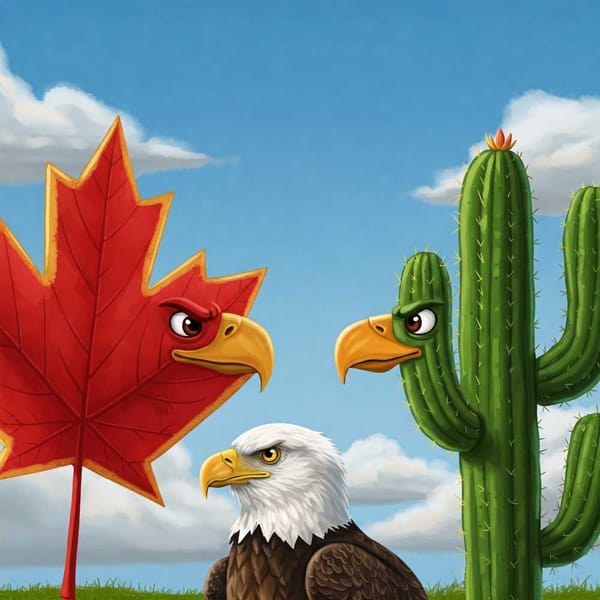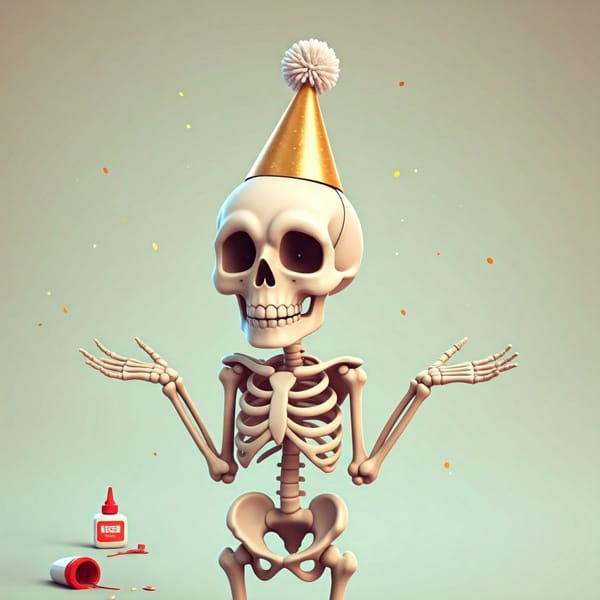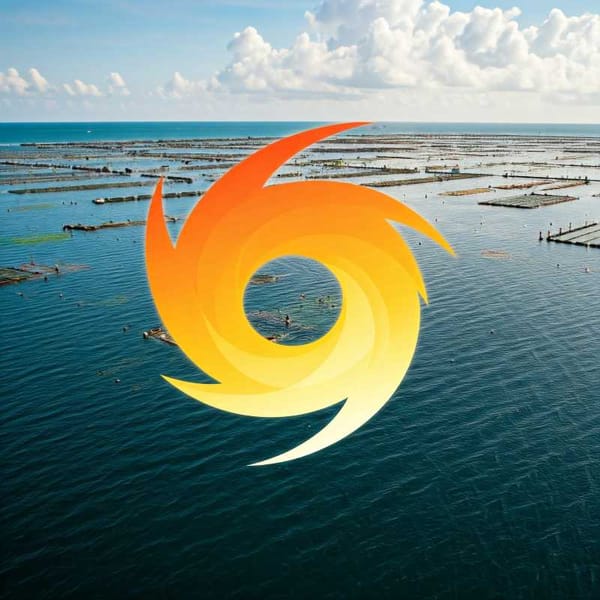The Canadian Norman Bethune: A Pioneer of Humanitarian Medicine
Considered the pioneer of humanitarian medicine, Canadian Norman Bethune pioneered mobile blood transfusions: he saved the lives of thousands of people in the Spanish Civil War. And he is a hero in China, where he also did great work.





